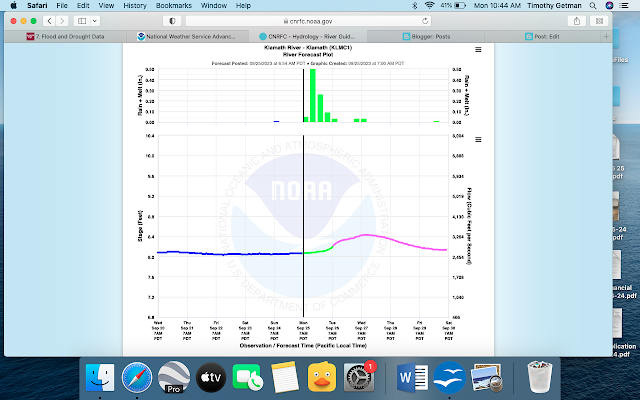I had the time and good fortune to drive most of the length of the Klamath River last Saturday. It was a long road, and I was pretty fried by the end, but so glad I did it. Once you get up to the dams, it becomes harder and windier to make it all the way to Klamath Falls and the lakes, so sadly I ran out of time. But made it 195 miles of 257. I decided to lightly explore my drive through a story map. I know that ESRI has updated its StoryMaps to ARCGIS, but I decided to dip my toe with the old version. Much monitoring is done through mapping software. I have used Avenza for other projects on this course, and I love the layering capabilities, the global positioning on a map, and the ways to share monitoring photos and the like. Friends who do research and monitoring also use ARCGIS Field Maps. Story Maps is also a terrific tool for use in monitoring and stewardship/conservation storytelling with the ability to map a journey, share photos and leave notes. It's user friendly and much


